In June, the Climate Change Transformation Team Partner for Land, Sea and Nature, attended an event organised by the Isle of Man Farming and Wildlife Advisory Group (FWAG) with support from the Department for Environment, Food & Agriculture (DEFA) and the Manx National Farmers Union: New Ideas to Improve the Manx Farming Business.
The event was a 2-day series of talks and fieldwork sessions on farms, showcasing tools and tests which farmers can utilise to better understand their soils.
The two speakers at the event were Stuart Johnson, Farm Carbon Toolkit UK Soil Farmer of the Year from Northumberland, and Kyle Richardville, who is a consultant for Understand Ag in the UK.

The event was fascinating and presented a range of very practical, simple tests and observations to measure soil health, including:
- Earthworm count – High numbers are a good indicator of active soil biology.
- Soil insect scoring – Checking for insect pests such as weevils, mole crickets, soil caterpillars or mealy bugs.
- Rooting depth – Measuring the depth that 80% of plant roots reach in the soil, to check that nothing is impeding deep vertical root growth such as compaction or nutrient deficiencies.
- Checking for nodulation of legumes – Legumes can fix nitrogen in the soil under the right conditions, and evidence of a good symbiotic process with nitrogen-fixing rhizobia is the formation of nodules on the roots of clover.
- Slake tests – This tests the stability of wet aggregates, to see how well the soil structure holds together in water. Healthy soils with plenty of organic matter content will hold together well in this test, indicating that the soil will be more resistant to erosion.
- Infiltration rate – Recording the rate of water infiltration, where quick infiltration rates indicate a good soil structure which can hold nutrients well while soaking up rainwater.
Other ways to assess the health of soils include recording biodiversity, measuring topsoil depth and visually evaluating the soil structure.

The Soil Health Initiative, as part of DEFA’s Agri-Environment Initiatives Scheme, supports farmers in using the Soilmentor app to record test results and observations similar to those above, promoting healthy soils and flourishing biodiversity on Manx farms. The Soilmentor website gives excellent tips on capturing and recording this data, even step-by-step guides to doing the tests and making your own test equipment.
Farmers play a vital role in managing soil resources, and as active land managers, they have an in-depth and everyday knowledge of the land they farm. By measuring and recording soil health indicators, farmers can track improvements made from different management practices such as sward composition, grazing rotations and inputs, as well as track the benefits in terms of yield quality, efficiencies and cost reductions. The Soilmentor app and support through DEFA provide a strong platform for learning and adapting to change in the challenging world of farming.
Stuart Johnson, Farm Carbon Toolkit UK Soil Farmer of the Year 2024 sums it up well:
“Soil is the most important asset we have on our farms. As farmers, everything we produce comes through the soil one way or another, so it's very much in our interests to encourage a healthy, functioning, biologically active soil that has the ability to grow strong, robust plants without inputs. Healthy soil provides resilience not only from the obvious climactic extremes, but also financial resilience as we reduce our exposure to uncontrollable variables, so we will be winning on all fronts.”
Soil is a resource that has so often been taken for granted. Seeing these practical soil tests in action at the FWAG / MNFU event and learning about the complex interactions between soils, plants and other organisms, it was clear that soil is a living resource that underpins not just healthy and productive farming. As a healthy and productive ecosystem, it provides so many landscape and environmental benefits including flood management, carbon storage and a habitat for a complex web of macro- and micro-organisms.
